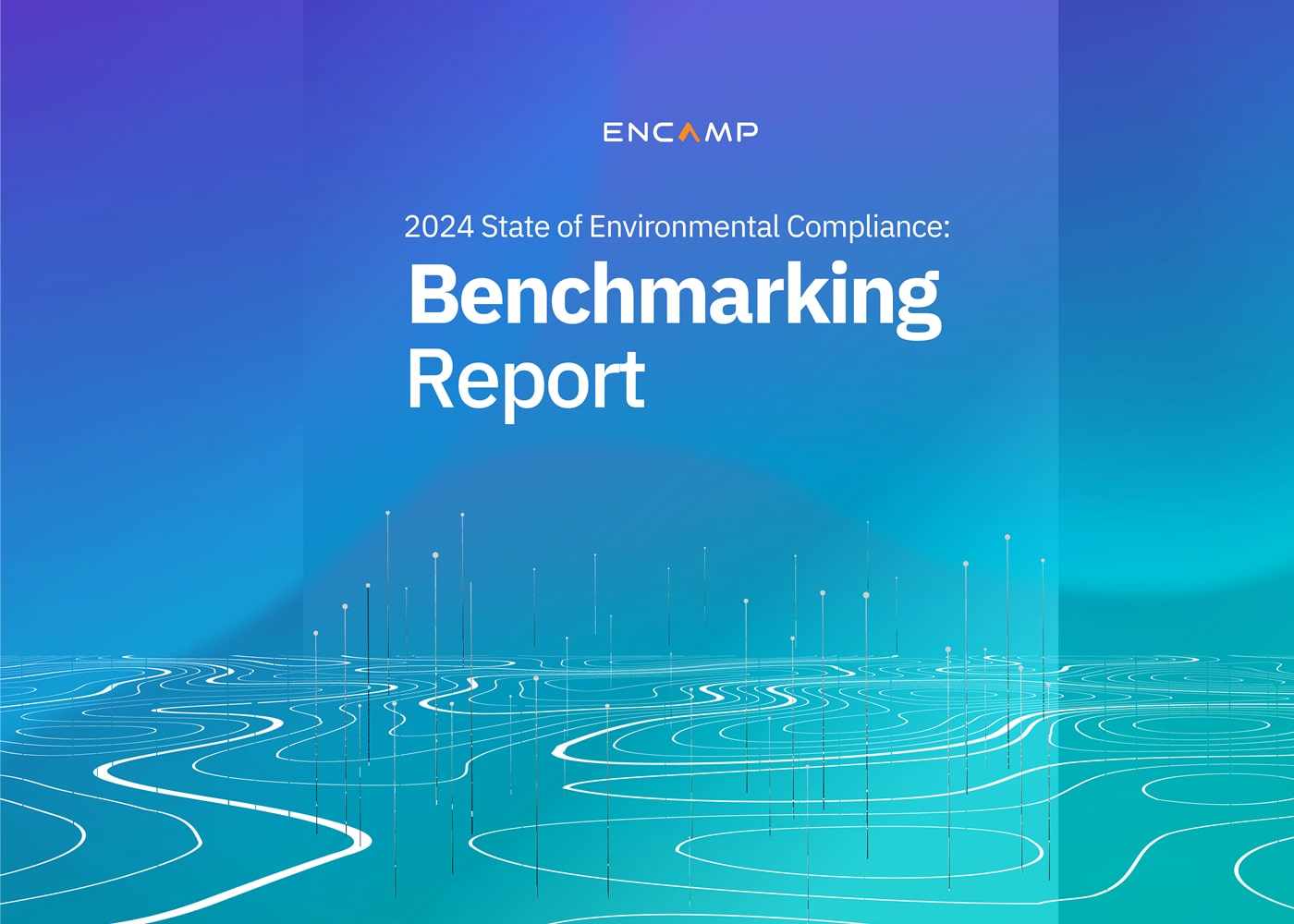Environmental Compliance Benchmarking: Where Does Your Industry Stand?
Sponsored by: Encamp
Generator Distribution: Who's producing what?
- Retail has the most overall generators, with 28.2% of all generators, with 72.01% of those being Very Small Quantity Generators (VSQGs)
- Manufacturing follows Retail, with 20.1% of all registered generators, with 45.89% of them being VSQGs, 34.2% being Small Quantity Generators (SQGs), and 19.92% being Large Quantity Generators (LQGs)
- Oil, Gas, Mining, and Utilities has the highest concentration of LQGs, with 42.97% of the industry’s generators being LQGs
Violations Prevalence: Who’s seeing enforcement?
- Manufacturing accounts for a whopping 45.21% of violations despite operating only 20.13% of generators
- Oil, Gas, Mining, and Utilities face the highest violation rate per 100 facilities, with 5.4 violations per 100 facilities
- Water violations are the most common violation type, far outpacing Waste and Air violations
Penalties and Financial Impact: Counting the Cost
- Oil, Gas, Mining, and Utilities received 56% of all fines, totaling $4.21 billion
- Manufacturing follows with 30.4% of fines, amounting to $2.28 billion
- Retail incurs relatively low penalties despite high facility numbers
Risk Quantification: What’s the cost over time?
- The average penalty per penalized facility in Oil, Gas, Mining, and Utilities was $266,490, when a specific facility was named
- Coming in second, the Manufacturing average is $102,446 per penalized facility, when a specific facility was named
Emerging Trends: Staying Ahead of the Curve
As expected, the EPA continues their enforcement of water-related compliance issues, with no signs of slowing down as PFAS regulations emerge. To set your organization up for success, consider the following steps to improve your environmental compliance performance:- Leverage Data: Utilize ECHO and RCRAInfo to gain insights and verify your compliance data's accuracy.
- Benchmark Performance: How do your violation rates and penalties compare to industry averages?
- Target Improvements: Focus on areas where you're lagging behind industry standards.
- Prepare for New Regulations: Allocate resources now to meet upcoming requirements, especially in water management.
- Collaborate: Engage in industry focus groups to drive innovative compliance solutions.
- Upskill Teams: Invest in training to address the potential loss of institutional knowledge.
- Embrace Technology: Adopt tools that consolidate regulatory data into actionable insights.
Conclusion: From Compliance to Competitive Advantage
Environmental compliance is challenging, but we at Encamp believe what’s good for business can be good for the environment. By taking a proactive, data-driven approach, you can transform your environmental team from a cost center to a value creator. Start by assessing your current standing using the benchmarks provided in this post. Identify your top three areas for improvement and develop an action plan. For more details, download the report here and reach out to Encamp with any questions on your own program.About the Author

Megan Walters, CHMM
Encamp
As the VP of Customer Solutions and Technical Programs at Encamp, Megan brings deep expertise in hazardous waste and EPCRA reporting regulations to the table. As a Purdue University alumnus, graduating with a degree in Environmental Science equipped her with a strong foundation in the field. After cutting her teeth on the complexities of hazardous waste regulations at the largest privately owned hazardous waste disposal company, she gained invaluable experience as an environmental manager at a chemical manufacturer. Leveraging this background, Megan managed hazardous waste programs for Fortune 500 companies as a Program Manager at a top consulting firm. With her CHMM certification and proven leadership on multifaceted hazardous waste projects, Megan offers tailored solutions drawing on her technical knowledge and passion for environmental protection. In her free time, she volunteers in her local community as a Purdue Master Gardener and camps any chance she gets.

